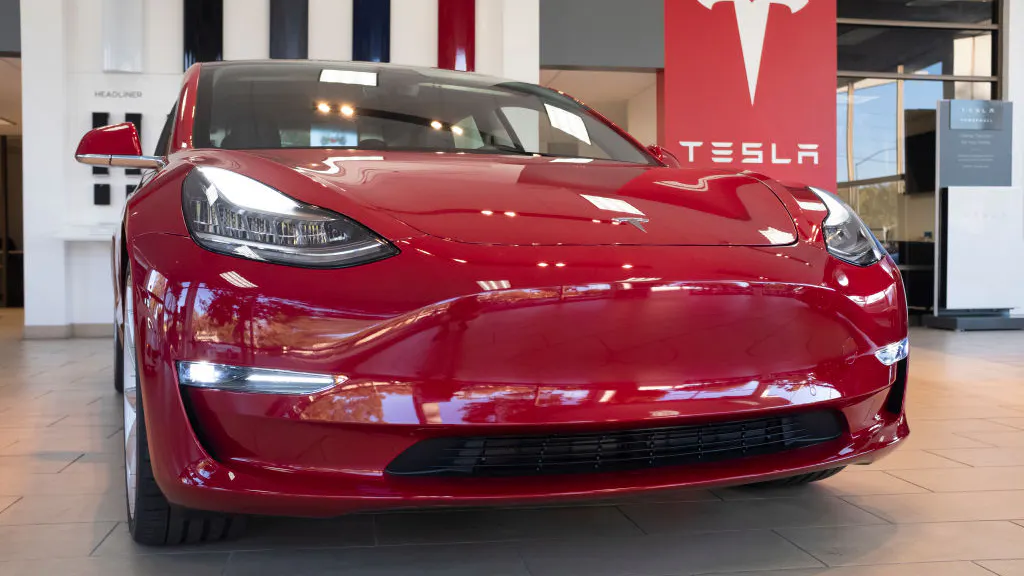California’s state government is asking residents to refrain from charging their electric vehicles to avoid power outages during a persistent heatwave.
As noted by The Epoch Times, the California Independent System Operator released several requests in June for residents to conserve power in the interest of avoiding blackouts. Among other measures, Californians are encouraged to “pre-cool your home by lowering the thermostat,” “use major appliances, like your dishwasher, and clothes washer and dryer,” “close window coverings to keep your home or apartment cool,” “charge electronic devices,” and “charge electric vehicles” before “Flex Alerts” enter into effect.
https://twitter.com/California_ISO/status/1406069235500130304
One announcement explains:
By collectively taking a few simple actions, electricity use can be reduced enough to keep power on for everyone. Last August and September, for instance, Californians heeded multiple Flex Alerts and Gov. Gavin Newsom’s call for a concerted response to emergency condition and reduced electricity use by 1,000 to 3,000 megawatts. That is enough electricity to power up to 3 million homes, and the conservation likely prevented subsequent and more severe rotating outages last August and September.
As California’s ability to store solar and wind energy with batteries or other technology continues to increase, the crucial evening hours will be less challenging. But for now, concerted action to conserve is our most effective way of keeping the grid working for everyone.
The state requested that residents voluntarily avoid using power for five hours on the evening of June 17, as well as three hours on the evening of June 18.
California’s beleaguered energy grid has a long history of outages during high-stress periods — largely due to its heavy reliance on green energy.
NPR reported in August 2020:
As temperatures crept above 110 degrees in some parts of the state over the last week, California ISO knew the end of each day would be the toughest. When the sun sets, the state’s fleet of solar farms turn off. With the state’s growing clean energy mandates, renewables have become a significant source of energy, reaching up to 80 percent of the supply during the day.
One month later, California again braced for a round of blackouts during Labor Day Weekend. The state issued Flex Alerts on Sunday and Monday from 3:00 pm to 9:00 pm because “the grid operator is predicting an increase in electricity demand, primarily from air conditioning use” related to extreme temperatures.
In February, Texas — a state with a robust oil and gas industry — witnessed widespread grid failures as it experienced unusually cold weather. Roughly 50% of the state’s wind power production shut down due to frozen windmill blades.
“If there’s one thing you would think Texas would be able to do, its keep the lights on,” wrote Fox News’ Tucker Carlson at the time. “Most electricity comes from natural gas and Texas produces more of that than any place on the continent. There are huge natural gas deposits all over the state. Running out of energy in Texas is like starving to death at the grocery store: You can only do it on purpose, and Texas did.”

.png)
.png)

